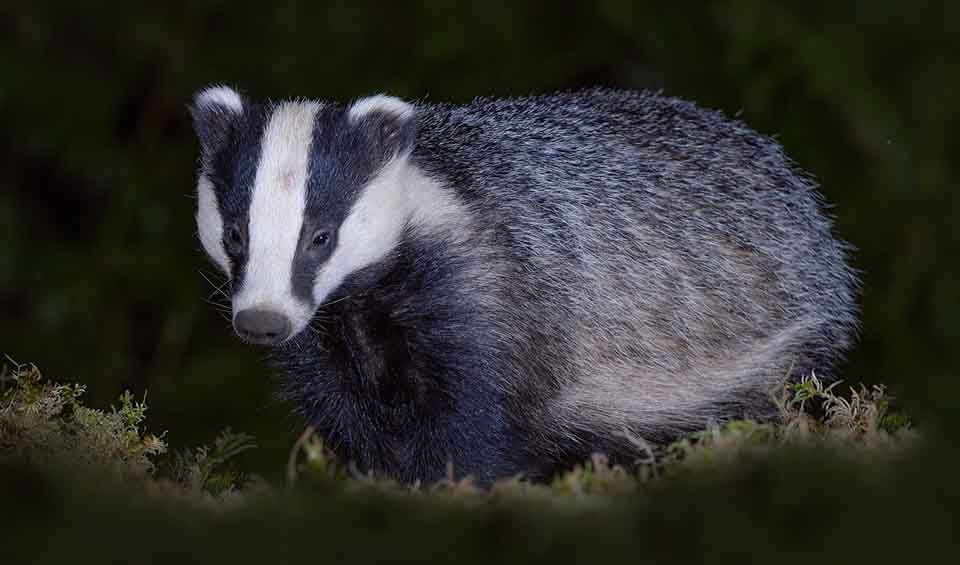Meles – Eurasian badgers
Home to some of the few species that can eat hedgehogs due to their long claws and thick skin
One of the most recognized and widespread members of the Mustelidae family, it inhabits vast stretches of Europe and Asia. This species is distinguished by its striking black-and-white striped face, robust body, and nocturnal habits.
Eurasian badgers are medium to large-sized carnivores, although their diet is remarkably omnivorous. They possess a set of physical traits well-suited to their lifestyle. Their strong, muscular build, combined with powerful jaws and sharp claws, allows them to excavate extensive networks of burrows, known as setts. These subterranean homes can be centuries old, passed down through generations, and may comprise an intricate maze of tunnels and chambers.
Their anal scent glands play a crucial role in communication within their social groups or clans, marking territory boundaries and helping to reinforce social bonds. The Eurasian badger’s coat is dense and coarse, providing insulation and protection from the elements, with coloration that ranges from silver-grey to black.
Eurasian badgers are gregarious, living in structured groups where cooperation is key to their survival. They exhibit complex social behaviors, including mutual grooming and collective foraging. Their diet is varied and includes a significant proportion of earthworms, supplemented by small mammals, birds’ eggs, fruits, insects, frogs, lizards, and carrion. This diversity in diet reflects the badger’s adaptability and its role as an ecosystem engineer, influencing the structure and composition of its habitat through foraging and burrowing activities.
Despite being classified as “Least Concern” by the IUCN, Eurasian badgers face several threats, including habitat loss due to agricultural expansion and urban development, persecution for sport, and accidental mortality on roads. In some regions, they are also culled due to concerns about the transmission of bovine tuberculosis to livestock, a practice that is contentious and heavily debated within conservation circles.
Species in this genus
European badger
One of the only predators of hedgehogs, thanks to their thick skin and long claws to get past the vicious spines


